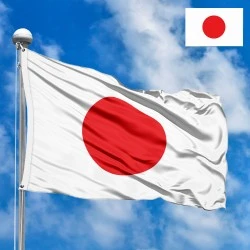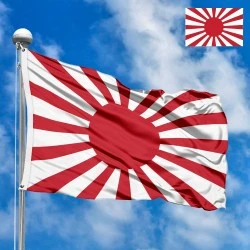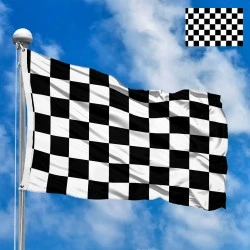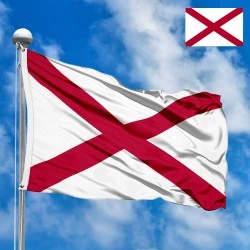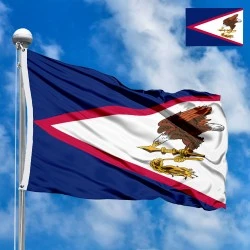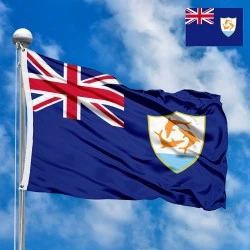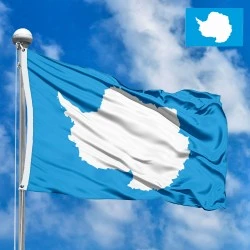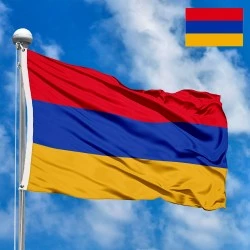- All Flags
- Flags of Countries by Continent
-
Flags of Organizations
- Flags of UN countries
- Flags of the European Union countries
- Flags of NATO countries
- Flags of the countries of the Organization of Islamic Cooperation
- Flags of the countries of the Organization of American States
- Flags of the Arab League countries
- Flags of the African Union countries
- Flags of the countries of the Union of South American Nations
- Flags of the Commonwealth of Nations
- Flags of the countries of the Secretariat of the Pacific Community
- Flags of the Nordic Council countries
- Flags of the Caribbean Community
- Flags of the countries of the Association of Southeast Asian Nations
- Flags of the East African Community
- Flags of the countries of the Organization of Turkic States
- LGBT Community Flags
- Historical Flags
- Ethnic Flags
- Flags of the USA (states)
Description
The Imperial Japanese Navy Flag, often referred to as the Rising Sun Flag (Kyokujitsu-ki), is an iconic and historically charged emblem. While widely recognized globally, its symbolism and reception vary significantly, especially given its association with Japan's imperial past and military expansionism. This flag is distinct from the national flag of Japan (the Hinomaru, a red disc on a white background) and has served as a powerful representation of Japan's naval and, at times, ground forces.
Dimensions, Colors, and Arrangement of Elements: The Imperial Japanese Navy Flag is characterized by its striking and dynamic design.
-
The flag typically features a red sun disc (similar to the Hinomaru) from which sixteen red rays emanate, extending to the edges of the flag. This design is often referred to as the "Rising Sun with Sixteen Rays."
-
The sun disc is offset slightly to the hoist side (the left side when viewed), rather than being perfectly centered. This asymmetry creates a sense of forward motion and dynamism, appropriate for a military ensign.
-
The colors are straightforward but highly symbolic:
-
Red: The red color of the sun disc and rays represents brilliance, energy, passion, and the sun goddess Amaterasu Ōmikami, from whom the Japanese imperial family is traditionally believed to be descended. It also symbolizes bravery and sacrifice.
-
White: The white background of the flag symbolizes purity, honesty, and integrity. It provides a stark contrast to the vibrant red, making the design stand out.
-
History of the Flag's Creation and Adoption: The history of the Imperial Japanese Navy Flag is deeply intertwined with Japan's modernization, militarization, and its emergence as a regional and global power.
-
Origins in the Edo Period (17th-19th Century): While not officially adopted, various "rising sun" designs, often with rays, were used by Japanese feudal lords (daimyo) and military commanders during the Edo period. The sun motif itself has ancient roots in Japanese mythology and culture.
-
Formal Adoption by the Imperial Japanese Army (1870): The sixteen-ray version of the Rising Sun Flag was first officially adopted by the Imperial Japanese Army in 1870 as its war flag (rikugun-ki). This was a crucial step in modernizing Japan's military following the Meiji Restoration (1868), as Japan sought to establish a modern, Western-style army and navy.
-
Adoption by the Imperial Japanese Navy (1889): Building on the army's adoption, the Imperial Japanese Navy officially adopted the Rising Sun Flag in 1889 as its naval ensign (gunkan-ki). This version was distinguished by the sun disc being slightly offset to the hoist side, emphasizing movement. This flag became the primary symbol of Japan's growing naval power.
-
Use During Imperial Expansion (Late 19th Century - World War II): The flag was prominently displayed during Japan's periods of imperial expansion, including the First Sino-Japanese War (1894-1895), the Russo-Japanese War (1904-1905), the annexation of Korea (1910), the invasion of Manchuria (1931), and throughout World War II. During this era, it became widely recognized internationally as the symbol of Japan's military might and its imperial ambitions.
-
Post-World War II Status: After Japan's defeat in World War II and the subsequent demilitarization, the Imperial Japanese Army and Navy were dissolved. The use of the Rising Sun Flag as a military ensign ceased.
-
Re-adoption by the Japan Self-Defense Forces (1954): In 1954, with the establishment of the Japan Self-Defense Forces (JSDF), the Maritime Self-Defense Force (JMSDF) re-adopted a version of the Rising Sun Flag as its naval ensign. This decision has been a source of ongoing controversy, particularly in countries that suffered under Japanese occupation during World War II, such as South Korea and China, who view it as a symbol of past aggression. The Ground Self-Defense Force (JGSDF) also uses a similar, but distinct, Rising Sun Flag as its regimental flag.
Symbolism and Meaning for Residents (Japan and Region): The symbolism and meaning of the Imperial Japanese Navy Flag vary dramatically depending on perspective, both within Japan and across the East Asian region.
-
For Many in Japan (Particularly within JSDF and Conservative Circles):
-
Historical Continuity and Tradition: For many, especially members of the JSDF and conservative groups, the flag represents historical continuity, tradition, and the long-standing heritage of the Japanese military. They view it as a symbol of national pride, discipline, and the strength of Japan's armed forces.
-
National Identity: It is seen as a traditional element of Japanese national identity, connected to the sun motif that is deeply embedded in Japanese culture and mythology.
-
Maritime Heritage: Specifically for the JMSDF, it symbolizes their maritime heritage and their role in defending Japan's waters. They argue it is merely a traditional ensign, similar to those used by navies worldwide, and not intended to convey aggressive intent.
-
-
For Many in East Asian Countries (e.g., South Korea, China):
-
Symbol of Imperialism and Aggression: In countries that suffered under Japanese occupation and wartime atrocities, the Rising Sun Flag is widely viewed as a symbol of Japanese imperialism, militarism, and past aggression. It evokes painful memories of colonial rule, forced labor, massacres, and other wartime brutalities.
-
"Flag of Hate": For many, particularly in South Korea, it is seen as a "flag of hate" or a symbol akin to the Nazi swastika, representing historical crimes and a lack of remorse from Japan. Its display is often met with strong condemnation and protests.
-
Insensitivity and Provocation: Its continued use by the JSDF is often perceived as an act of insensitivity and provocation, indicating that Japan has not fully atoned for its wartime past.
-
-
Divided Opinion Within Japan:
-
Even within Japan, there is a divided opinion. While many associate it with national pride and tradition, a significant portion of the population, especially younger generations or those with pacifist views, are aware of its controversial nature and its negative connotations abroad. They might prefer the exclusive use of the Hinomaru as the national symbol.
-
Interesting Facts: The Imperial Japanese Navy Flag is steeped in history and controversy, making it a subject of enduring fascination and debate.
-
Not the National Flag: It's crucial to distinguish it from Japan's national flag, the Hinomaru (日の丸, "sun disc"), which features a single red disc on a white background. The Hinomaru is a purely civilian and national symbol, while the Rising Sun Flag is primarily military.
-
Two Main Versions: There are two main versions of the Rising Sun Flag based on the position of the sun:
-
Centered Sun: Used by the Imperial Japanese Army (and now the Japan Ground Self-Defense Force) as a regimental flag.
-
Offset Sun (to the hoist): Used by the Imperial Japanese Navy (and now the Japan Maritime Self-Defense Force) as a naval ensign. This offset creates the illusion of movement when the flag is flying.
-
-
Cultural Roots: The sun motif has ancient roots in Japanese culture and mythology, going back to the nation's name, Nihon (日本), which literally means "origin of the sun" or "land of the rising sun."
-
Global Controversy: The flag's continued use by the JSDF, particularly in international settings like naval exercises, frequently sparks strong diplomatic protests and public outcry from countries like South Korea and China, who view it as a symbol of past wartime atrocities.
-
Historical Memory: The flag serves as a powerful reminder of Japan's imperial ambitions and the suffering inflicted during its expansionist period, particularly in East Asia. It is a constant point of tension in historical memory debates.
-
Artistic and Commercial Use: Despite its contentious nature, the Rising Sun Flag's design has been appropriated in various contexts, including in art, popular culture (e.g., anime, manga), and commercial products, sometimes unknowingly or without malicious intent, but often leading to further controversy when used internationally.
-
Legal Status in Japan: In Japan, the Rising Sun Flag is not explicitly banned and is legally considered part of the JSDF's emblems. However, its use by civilians or in political protests can be seen as provocative, depending on the context.
-
Comparison to Swastika: The comparison of the Rising Sun Flag to the Nazi Swastika by some East Asian countries highlights the depth of the historical grievances and the severity with which the flag is viewed as a symbol of historical crimes. This comparison is a key point in international debates surrounding its use.
-
Symbol of Resistance in Occupied Territories (Counter-Narrative): While the primary association of the flag in occupied territories is one of oppression, it's worth noting that in some very specific and limited contexts (e.g., collaborationist regimes, or areas where Japanese occupation was seen as preferable to previous colonial powers by certain factions), the flag's symbolism might have been interpreted differently by a minority, though this is not the dominant narrative.
In the demonstration images, full-size flags are shown with proportions of 2:3, and hand-held flags with proportions of 1:2.
Donation
Download
Completely free for commercial and non-commercial use (public domain).
You can freely use them in your news magazines, websites, software, mobile applications.
We appreciate a backlink to https://flagssite.com
Raster files - Flag of the Imperial Japanese Navy (PNG, JPG)
 Waving flag
Waving flag
- PNG format (transparent background), 72dpi, dimensions in Pixels (px), aspect ratio 3:4.
- 15х20 px
- 30х40 px
- 60х80 px
- 120x160 px
- 240x320 px
 Sizes:
Sizes:
"v15" - image size (by height); if necessary, replace with available: v15, v30, v60, v120, v240.
!!! For resizing, use the Latin (eng) keyboard layout.
<img src="https://flagssite.com/flags/v15/20357.png" alt="Flag of the Imperial Japanese Navy">
 Round flag
Round flag
- PNG format (transparent background), 72dpi, dimensions in Pixels (px), aspect ratio 1:1.
"d15" - image size (diameter); if necessary, replace with available: d15, d30, d60, d120, d240.
!!! For resizing, use the Latin (eng) keyboard layout.
<img src="https://flagssite.com/flags/d15/20357.png" alt="Flag of the Imperial Japanese Navy">
 Rectangular flag 2:3
Rectangular flag 2:3
- JPG format, 72dpi, dimensions in Pixels (px), aspect ratio 2:3.
"h30" - image size (by height); if necessary, replace with available: h15, h30, h60, h120, h240, h360, h480.
!!! For resizing, use the Latin (eng) keyboard layout.
<img src="https://flagssite.com/flags/h30/20357.jpg" alt="Flag of the Imperial Japanese Navy">


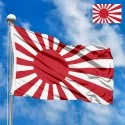
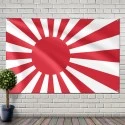
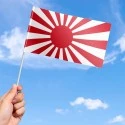


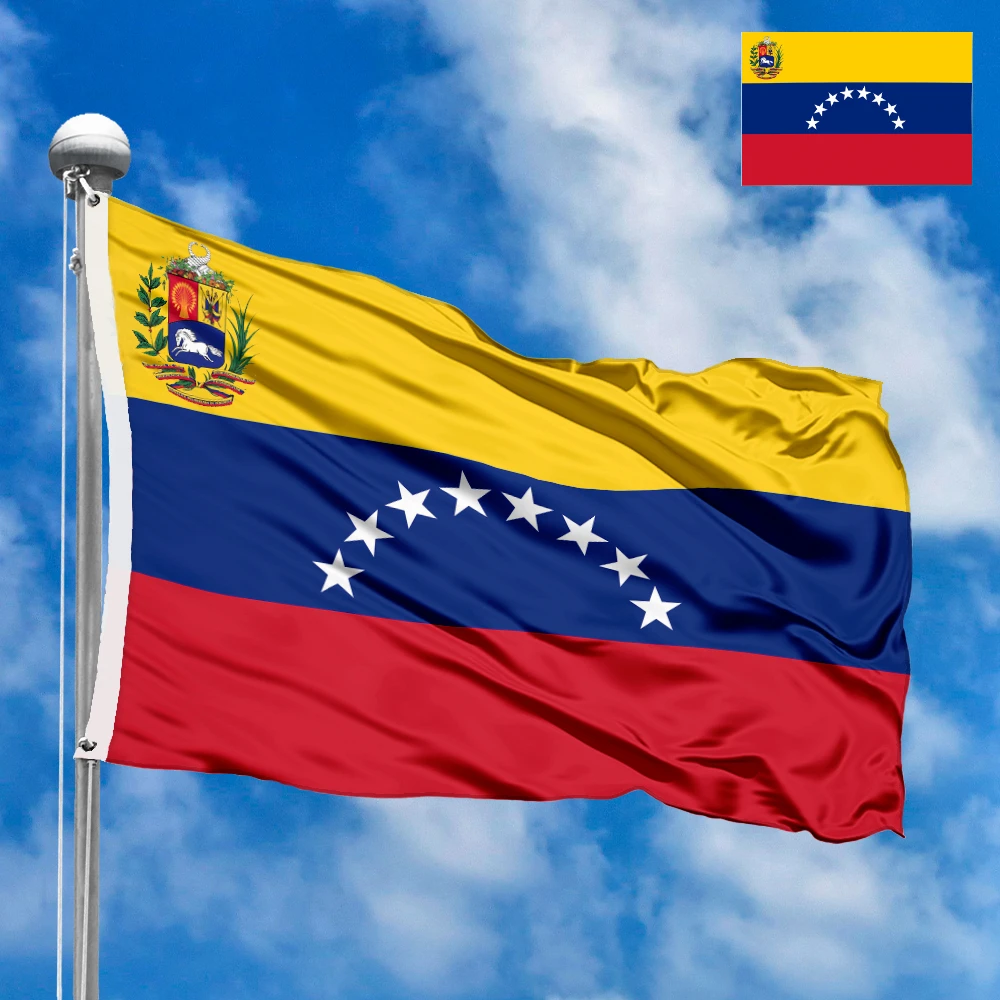

 Sizes:
Sizes:
 Sizes:
Sizes:
